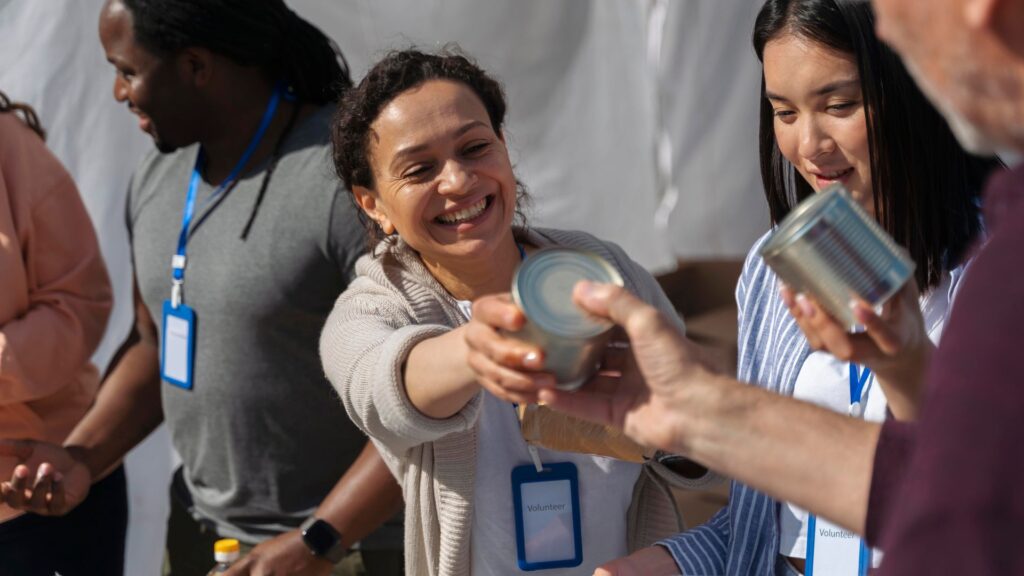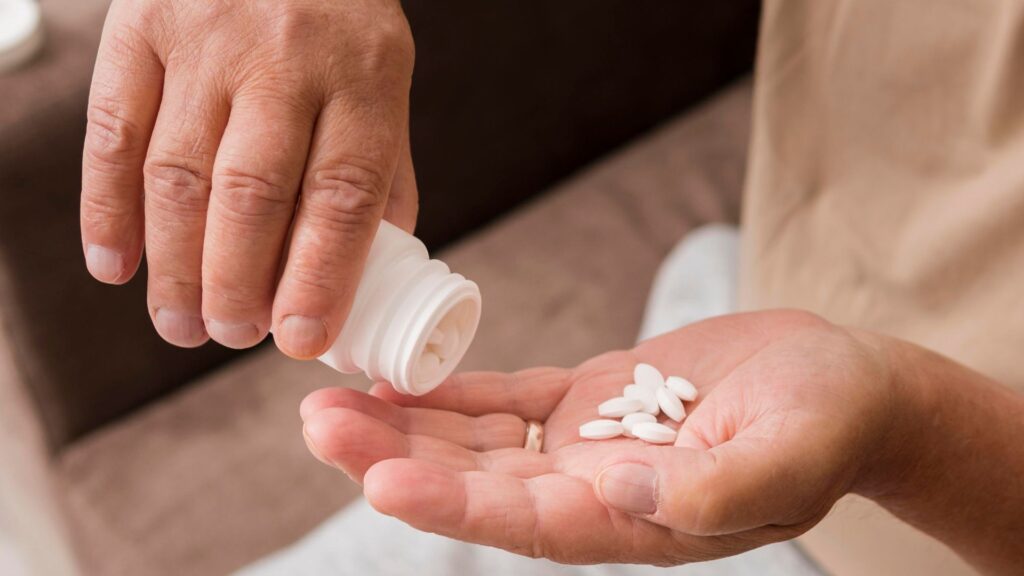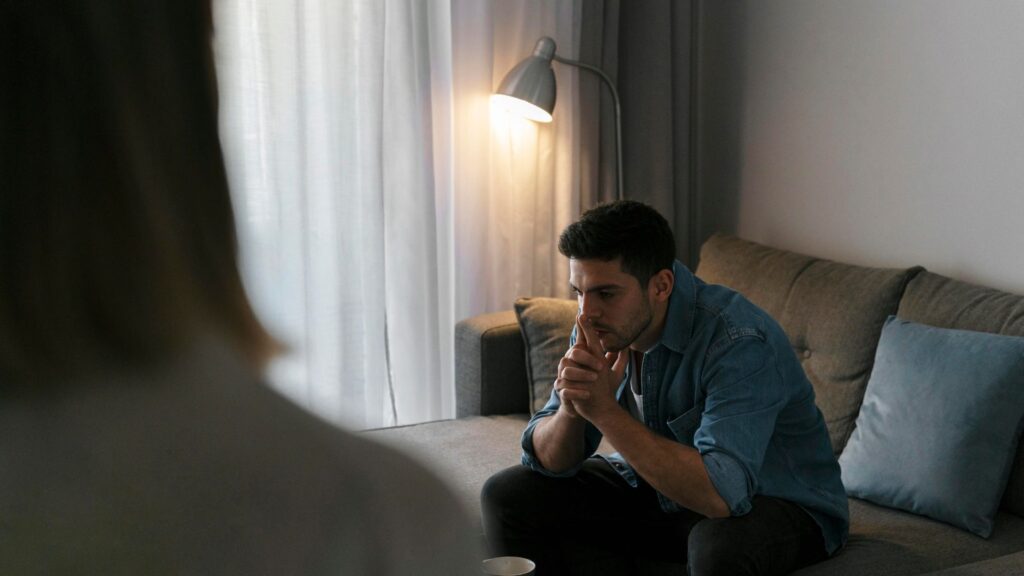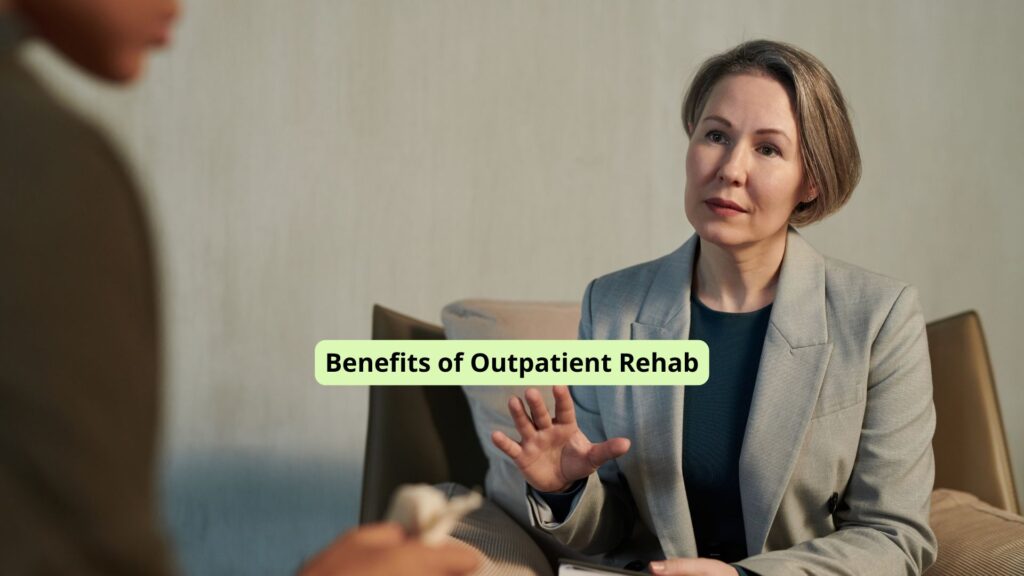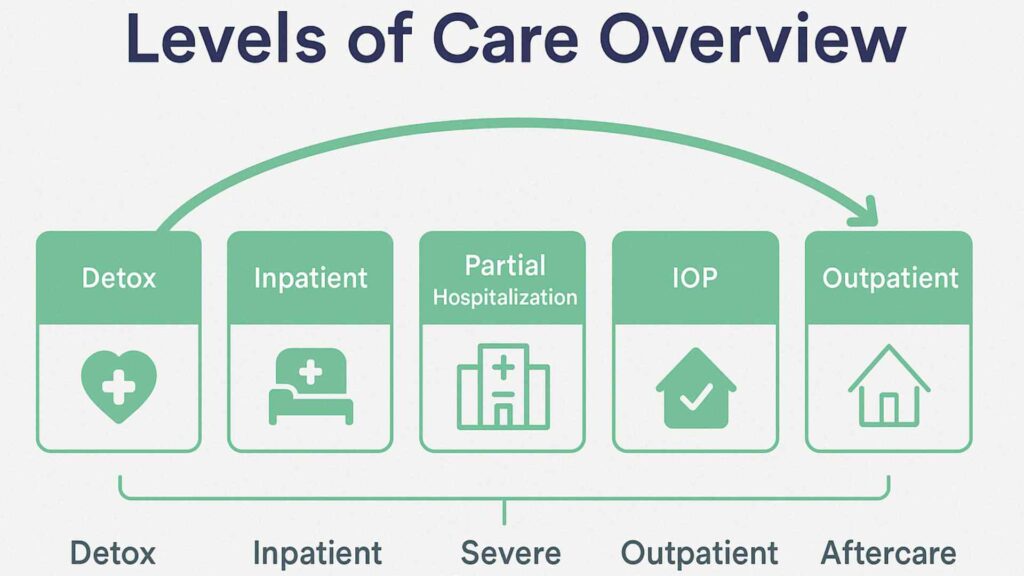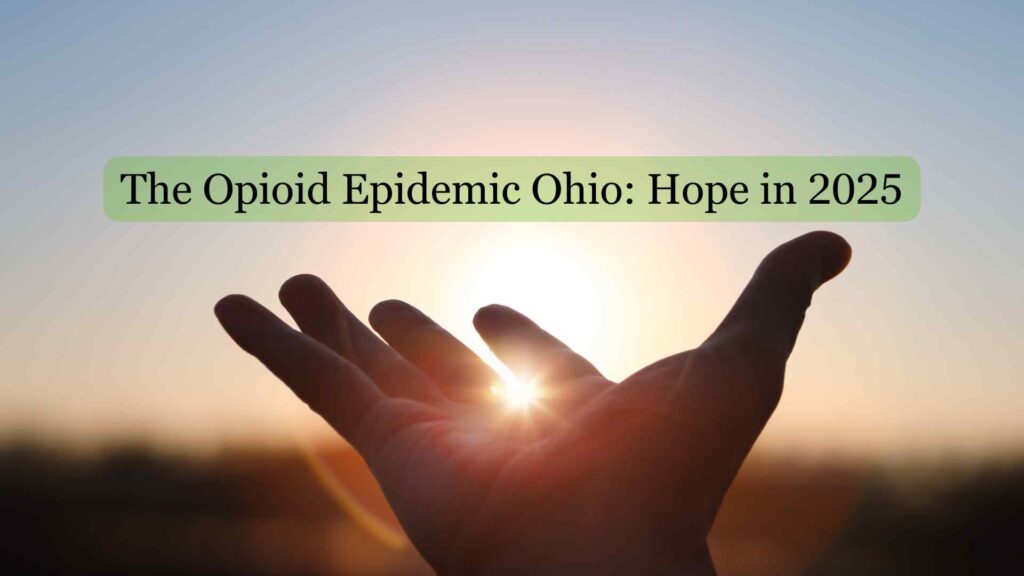Addiction treatment is often the most effective path to recovery, yet many people delay or avoid seeking help. The reasons are complex, ranging from personal fears to systemic barriers that limit access to care. For individuals and families, understanding these challenges is essential to overcoming them.
This article explores the most common obstacles to addiction treatment and highlights ways to reduce these hurdles so more people can find lasting recovery.

Understanding Addiction Treatment Barriers
There are both internal and external factors that prevent individuals from starting or completing rehab. Internal barriers often include denial, fear of judgment, or cultural beliefs, while external ones involve cost, lack of insurance coverage, or limited availability of treatment centers.
Recognizing and addressing these issues is critical because untreated substance use disorder can lead to worsening health outcomes, strained relationships, and even higher risks of overdose.
Stigma
This social stigma often labels people with addiction as morally weak, untrustworthy, or dangerous, which leads to widespread discrimination and marginalization. As a result, many individuals avoid seeking help to escape judgment from family, friends, employers, and the broader community. Stigmatization also permeates healthcare systems, where lack of provider training and biases can result in substandard care or reluctance to offer support, further deterring treatment engagement.
Women, parents, and minority groups frequently experience heightened stigma, which compounds barriers to accessing services, including fears around losing child custody or facing social isolation. This pervasive social rejection not only delays treatment entry but also undermines recovery by fostering shame, isolation, and diminished self-worth.
At Abundance Treatment, we offer an outpatient program in Ohio that is compassionate and nonjudgmental, creating a safe space where individuals can seek help without fear of criticism or shame.
Fear and Denial
Fear is a significant barrier that prevents many individuals from seeking addiction treatment, often rooted in concerns about judgment, loss of control, or negative life consequences. Many people hesitate to pursue help because they worry about potential stigma or discrimination from family, friends, and society, which can lead to feelings of shame or embarrassment.
Some are apprehensive about the changes treatment might bring, such as losing custody of children, confronting painful withdrawal symptoms, or facing disruptions to their daily routines and social networks. This apprehension can create a psychological barrier that delays or outright stops people from accessing the care they need.
On top of all, uncertainty about the treatment process and fear of the unknown may leave individuals hesitant to engage in recovery programs.
Individuals in denial may downplay their substance use, rationalize it as manageable, or blame external circumstances, which delays the critical first step toward recovery. This resistance to acknowledge the problem can be deeply ingrained, making intervention and treatment engagement difficult.
Practical and Systemic Barriers
Practical issues also play a major role in preventing access to care. Financial barriers to addiction treatment, such as high costs or lack of insurance coverage, can make rehab seem out of reach.
Geographic barriers are another challenge. In rural areas, facilities may be limited or nonexistent, forcing people to travel long distances for care. Public transportation may be unavailable, and work or family obligations can make it difficult to commit to extended travel. Even in urban areas, overcrowded programs and long waitlists can delay entry into a rehab.
These systemic blocks highlight the need for affordable, accessible, and high-quality treatment options that are geographically reachable for everyone.

Cultural and Language Barriers
Cultural differences may influence how addiction is perceived, with some communities viewing substance use more as a moral failing or a taboo subject rather than a medical condition, which fosters stigma and reluctance to seek help. Traditional healing practices and beliefs in some cultures may lead individuals and families to prioritize alternative methods over mainstream treatment options.
Language differences further complicate access by creating communication gaps between patients and providers, leading to misunderstandings, reduced quality of care, and difficulty navigating treatment systems. The lack of culturally appropriate services and trained bilingual staff can result in feelings of alienation and mistrust, discouraging sustained engagement in recovery programs.
How to Overcome These Obstacles
Education and awareness campaigns play a critical role in reshaping public perceptions of addiction from a moral failing to a chronic medical condition, thereby reducing stigma and encouraging more individuals to seek help.
Providing culturally competent care ensures treatment programs respect and accommodate the diverse backgrounds, beliefs, and languages of patients, making services more accessible.
Financial barriers can be mitigated through insurance coverage expansion, sliding scale fees, and the availability of low-cost or free programs. Practical solutions such as transportation assistance, childcare support, and flexible scheduling help remove logistical challenges for many seeking treatment.
Peer support and family involvement create a supportive environment that fosters motivation and accountability. The integration of telehealth services expands access, particularly for those in rural or underserved areas.
Role of Family, Friends, and Community Support
Families and friends play an important role by offering encouragement, showing patience, and creating a safe environment for open conversations rather than judgment or criticism. They can also help with practical steps, such as researching recovery options, arranging transportation, or navigating insurance challenges.
Beyond the home, community resources and peer support networks provide an additional layer of accountability and connection. Recovery often feels less isolating when individuals know they are supported by people who understand their struggles and celebrate their progress.
Final Thoughts from Abundance Treatment
Barriers such as stigma, fear, financial limitations, and cultural challenges can make it difficult to seek help. Together, these obstacles can feel overwhelming and prevent individuals from taking the first step toward healing. It is important to remember that these are not permanent and can be overcome with the right resources, compassionate care, and a supportive environment.
At Abundance Treatment, we offer an outpatient program in Toledo, OH, that is designed to be both flexible and accessible, helping individuals balance recovery with daily responsibilities. By combining compassionate care with evidence-based approaches, we make treatment more approachable for people who may feel limited by stigma, finances, or logistical challenges.


